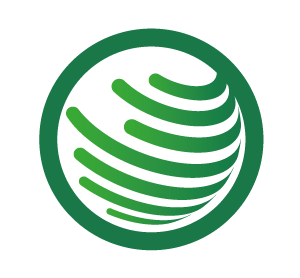



Modest growth amid trade shifts expected in global dairy market
Limited dairy production growth expected; market seeks balanceAccording to a recent RaboResearch report, the global dairy market is on track for modest growth in 2025, driven by a steady expansion in supply and rising export demand, despite evolving trade dynamics.
Key regions like the EU and the US are expected to lead production increases, while dairy farmers worldwide anticipate higher revenues due to elevated milk prices. However, consumers may face higher retail prices, and potential trade challenges loom as the US shifts its global alignment. Meanwhile, China is experiencing a decline in milk production, with imports expected to improve.
Limited dairy production growth expected as the market seeks balance
The global dairy market is set for modest growth in 2025, driven by steady supply expansion and increasing export demand amid shifting trade dynamics. Following a challenging 2024 with weak milk production in key exporting regions and higher farmgate milk prices, the industry is now transitioning into a phase of supply expansion. This growth is primarily fueled by production increases in the EU and the US, with Oceania and South America also contributing. Despite the anticipated growth, the mild increase is expected to maintain market balance without leading to oversupply.
Increased revenue for dairy farmers globally
Dairy farmers in most regions are poised to benefit from increased revenue due to rising milk production. New Zealand leads with strong farmer sentiment, supported by Fonterra’s robust NZD 10/kgMS milk price forecast amid falling interest rates. Healthy margins are also reported in Australia, Brazil, the EU, and the US, driven by elevated milk prices and lower feed costs, a trend observed globally this quarter.
A careful balance is emerging for global consumers
“While retail dairy prices experienced deflation in parts of 2024, offering relief after previous inflationary years, we expect higher farmgate milk prices to lead to increased consumer prices in 2025,” explained Lucas Fuess, Senior Dairy Analyst for RaboResearch.
As the world navigates a soft economic landing post-interest rate hikes, significant price increases at retail or dining establishments may face resistance from budget-conscious consumers.
Milk production dropped in China, and imports are expected to improve
According to Fuess, China is diverging from global trends with a notable drop in milk production in 2024 following years of expansion. This decline, driven by fewer cows and unexpected reductions in Q4 2024, has led to a revised 2025 forecast. RaboResearch now estimates production will be down 2.6% YOY for the year. Despite lower farmgate milk prices discouraging production, demand is expected to improve, although slowly, with imports anticipated to rise from 2024’s low levels.
Potential challenges to global dairy trade
While China’s demand has declined, other regions show promising purchasing trends. US cheese exports reached record highs in 2024, and New Zealand continues to find markets for its milk, supporting high milk prices.
“However, evolving trade barriers, particularly as the US shifts its global alignment, pose potential challenges. Consumers must navigate recent inflationary pressures to maintain balanced trade and supported dairy prices throughout the year,” said Fuess.



